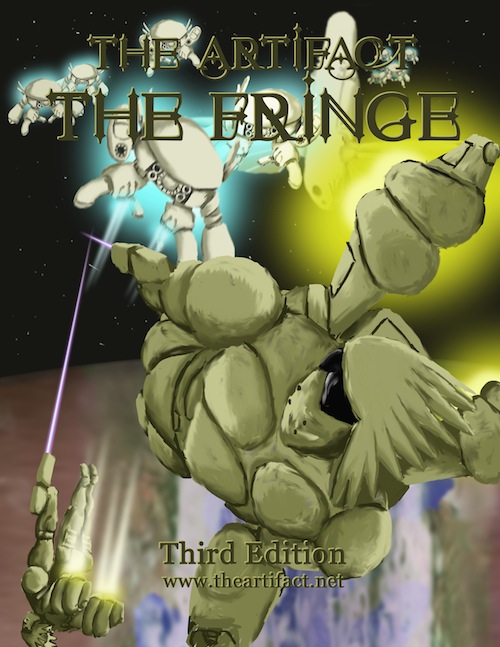I’d love the ability to use social interaction and have a tactical system associated with it and not the players simply winging things. I think that players (including GMs) enter playing a character with far too much of themselves bleeding through. I don’t want to take control from the players but I would like something that gave as much texture to social interaction as physical interaction gets.
Being keen on simulation, I research psychology and neurobiology to gain insights into how to model interactions. In my studying there was a particular finding on willpower that fascinated me. In some situations, making choices cost mental energy but for people with strong beliefs on a subject, the choices are nearly automatic, they can resist temptations of certain sorts all day long and feel fine.
Knowing how to describe that in a game would be really useful. I made a crude approximation of it for the 3rd edition system with principles and priorities but I had a new thought on how to model it today.
It involves knowing the desires of a person. Having a desire for something means that a person has to use mental energy to resist a temptation. If a person will be deprived of something they want, they’ll fight to get/keep it. This can work two ways though. Say that I want chocolate cake because it’s a food I like. Then say that I desire to lose weight. The two might cancel each other out to an extent and so making a choice is difficult. It would take an effort.
Now what if I could add things like “really doesn’t want to exercise” to argue with myself that I shouldn’t eat it. Then maybe “hungry” could kick in and “It’s a small piece of cake” could deliver the knock down blow. Resisting now will be especially costly.
What this becomes is a list of draws on the character, not barriers that protect them. However if something takes the character away from one of their draws, the character gets a bonus to resisting. If it goes against several draws, the choice is automatic and can’t challenge the character.
So what this looks like is a system of tags that add or subtract from the argument for and against. The problem is that in any person’s own mental argument, there could be dozens of desires that come into play and naming them all would be difficult to impossible.
So either a simplified list would be needed or some way of intuitively calling them up would have to be created.
One idea that comes to mind is that most desires are in balance, it’s the really strong desires that sway things one way or the other. Then a character could have a short list of desires and only deal with those.
But to have this work well, the players have to see having desires as a net benefit. They need to mechanically benefit the character in most situations and only be harmful occasionally. In part, that means the GM not overusing them to the players detriment. Players may also view it as taking away some agency, so there has to always be the choice of resisting at a cost.



 The Free RPG Blog
The Free RPG Blog